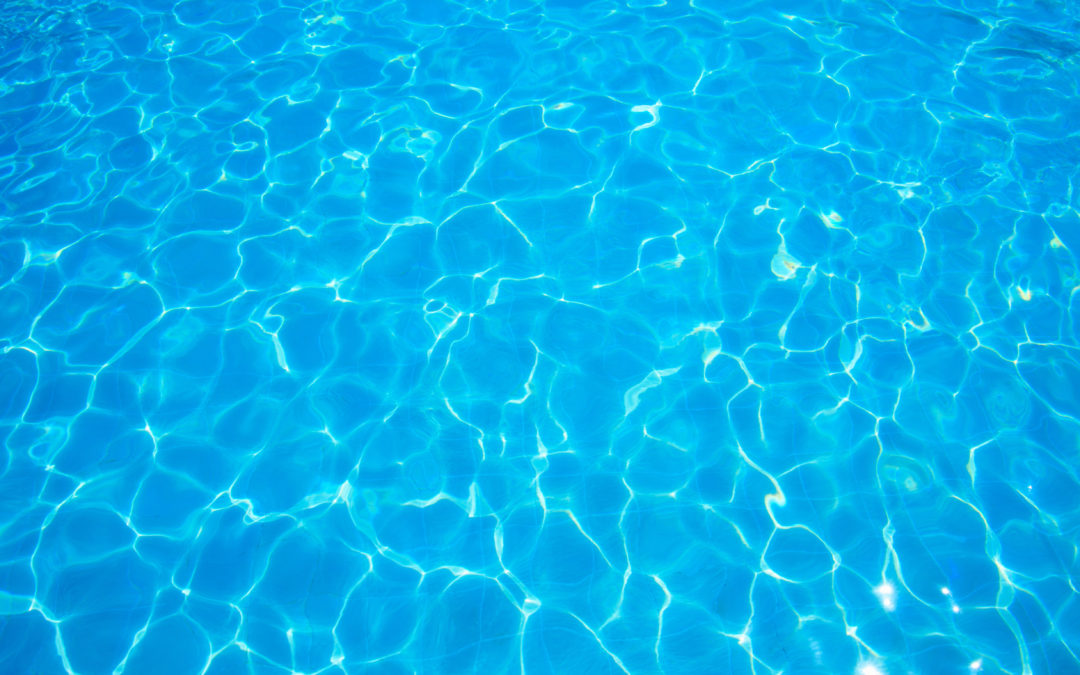Unfortunately, many children (and some adults) die from drowning each year; of those who survive, many suffer head injuries or spinal cord injuries from diving. Traumatic brain injuries, or TBIs, often occur as a result of a blunt force impact to the head such as a blow to their head from the pool’s floor or diving board. Most of us remember when Greg Louganis struck his head on the springboard in the 1988 Olympics. However, there is another source of injury sustained in swimming accidents: brain injuries from near drowning.
Experts believe that each day in the U.S. more than ten people are involved in near-drowning incidents. After about three minutes under water, a victim can become unconscious; after five minutes, loss of oxygen begins affecting the brain. Serious brain injuries can occur even without blunt force impact to the head. Lack of oxygen or blood to the brain can result in severe brain injuries as well.
Some of injuries individuals suffer in near-drowning incidents include:
- Brain Ischemia – This condition occurs when there is insufficient blood flow to the brain. Swelling of the brain and seizures are typical symptoms of this condition, which can be fatal, result in a coma, or last for only a brief period with full recovery.
- Brain Hypoxia – This condition occurs when the blood flow to the brain remains constant, but oxygen is decreased. Within minutes of the brain being deprived of oxygen, brain cells begin to die according to the National Institute of Neurological Disorders and Stroke. Symptoms include poor judgment, loss of memory, and decreased motor functioning. Brain death or coma may result if the condition lasts over a prolonged period of time and oxygen is not returned to the brain.
- Infections of the central nervous system – An excessive amount of water is taken into the body when a person nearly drowns, which means the bacteria or organisms in the water are taken in as well. These infectious bacteria and organisms can access the lungs and eventually the brain as they make their way through the victim’s body. While symptoms may not develop for up to three weeks, they include seizures and vomiting. Once the organisms reach the brain, death or permanent brain injury is not uncommon.
Can someone be held responsible for the traumatic brain injuries resulting in swimming accidents or near-drownings? The answer to that question depends on the situation, facts and circumstances of each accident. In fact, more than one individual or entity may be held liable. Those who may be responsible when a child or adult experiences a near-drowning may include:
- Lifeguards or Staff who are improperly trained or who fail torespond to emergencies or drowning situations, and to act in a safe manner, promoting safety at poolside.
- Homeowners must make certain their pools are safe, properly maintained and properly secured so that children cannot gain access to the area without proper supervision.
- Child Care Providers must properly supervise children who have access to water sources.
- Defective Products that fail such as diving boards, pool drains, pumps, accessories, gates, or filters.
- People or Entities who Fail to Post Warnings about hazards associated with water sources.
If the unthinkable happens, the responsible parties may be held accountable for the costs of the injury and treatment which may include medical expenses, costs of future treatment, lost income, pain and suffering, emotional distress, and more. Contact the Kansas City personal injury attorneys at Griggs Injury Law, LLC if you or a loved one have suffered a traumatic brain injury as a result of a near-drowning.


